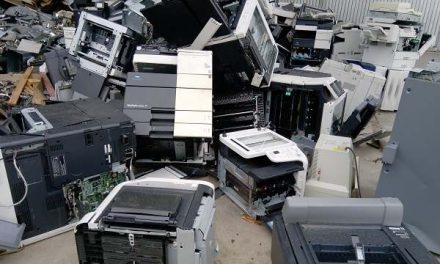
A cheaper solution to invader bush

A Bush Roller in action.
After months of design and construction, the Bush Roller, an initiative by Robert Wirtz of Windhoek Renovations, is finally completed and has been de-bushing over three hundred hectares during the first test period in less than two weeks. The roller has proven to be effective, more economical than existing de-bushing methods and exclusively targets areas that are hard to reach by means of man power due to high bush concentration.
The roller uses about 20 liters of diesel per hour and can work at speeds of 5 to 15 km per hour depending on the terrain. The roller thus can de-bush 1 to 4 hectares per hour. The average performance during the test phase was 3 hectares per hour leading to an estimate price of only N$ 300 per hectare. The production of the machine is very dependent on the condition of the terrain. Big rocks and thick sand will reduce the working speed and thus the output.
The front-end loader is a wheeled machine and therefore does not use chains used by bull dozers. Chain drives require much more maintenance and cannot operate with high speed. This advantage reduces running costs drastically and allows a much higher production. The tyres of the loader contain a puncture proof liquid which prevents them from going flat during the de-bushing process.
Although there is only one Bush Roller in the country, plans are underway to construct smaller rollers which will be less costly and will be offered to farmers to rent or to purchase.
The bush is flattened and crushed as the 10 ton heavy roller rolls over it. The flattened and severely damaged bush is left to dry for a year after which the large pieces can be collected as fire wood. The smaller pieces can be burned by a controlled bushfire in order to get rid of any regrowth or new bushes. The ash from the fire helps to fertilize the soil improving grass cover.
Before the land was used for farming, bushfires occurred regularly when the grass was very thick. The fire was then strong enough to burn the big and small bushes and therefore keep the plains free from thick bush over thousands of years. Today due to farming, roads and fire prevention, bush slowly invades large tracts of graze land.










































